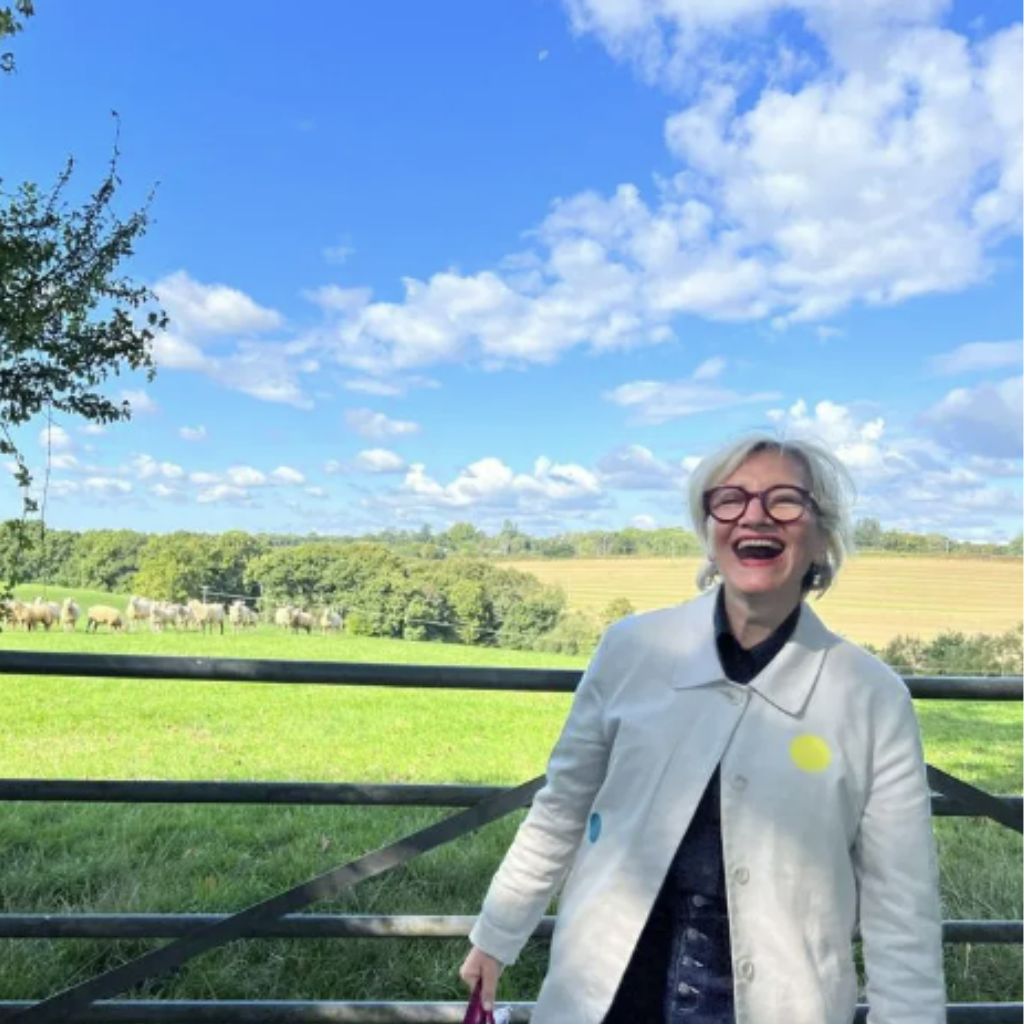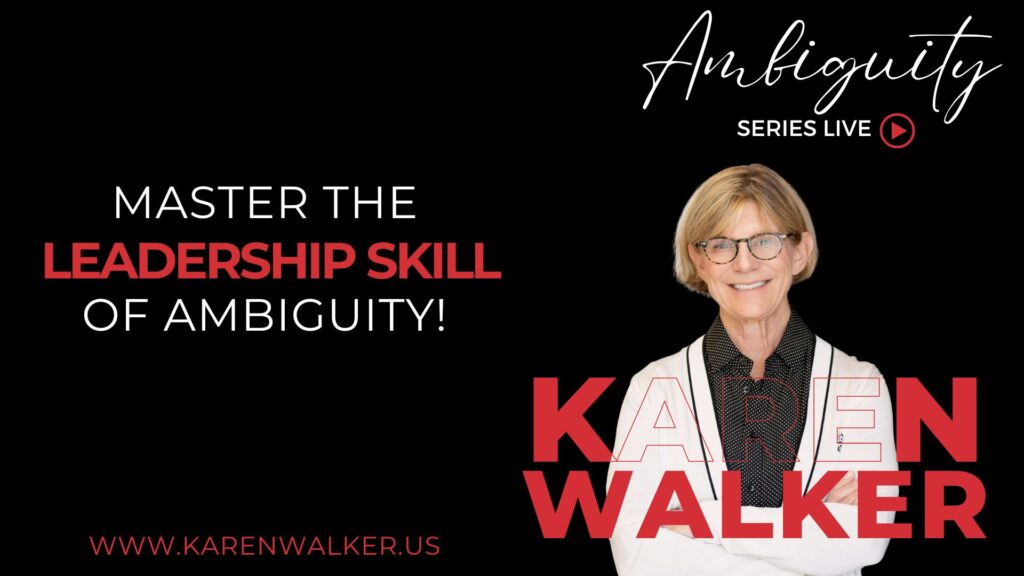
As our lifespans have increased, so have the opportunities to use those additional years in a creative way. Ayse Birsel – author, award-winning industrial designer and innovator, creates products and systems with Fortune 500 companies and has turned her talent to designing life. We spoke recently about her new book, Design the Long Life You Love: A Step-by-Step Guide to Love, Purpose, Well-being and Friendship.
This interview has been edited and condensed for clarity.
Karen Walker: First off, congratulations on your new book. How did you decide to focus on the long life?
Ayse Birsel: Thank you! The idea for my book hit home when one day my daughter walked into my bedroom and said, “You have another 50 years to live!”
My first thought was, “O.K., I think she needs help with her math.” Then I realized she was right. I’m in my fifties. I might live to be 100. I was in the middle of writing this new book, Design the Long Life You Love—and she brought it home to me.
Not only do I want to teach about designing your long life, but I also want to learn about it because this period didn’t exist before: humans didn’t live this long.
We have 20 or 30 more years than our grandparents or great-grandparents had to live. That’s a good chunk of time. We need to decide what we want to do with that life. My answer is to design it.
Walker: In this book, you lay out a process for designing your life, starting with thinking like a designer. What does it mean to think like a designer?
Birsel: The principles of thinking like a designer are simple, but transformative. I would start with optimism and believing that no matter how complex the problem is, we can solve it. We turn challenges into opportunities, which gives us that optimism.
The second is empathy and being able to put ourselves in other people’s shoes. I also remind people it’s essential to have compassion for yourself.
Holistic thinking, or being able to see the big picture, is critical. When you see the big picture, you can connect new dots in different ways, and open the viewing angle and draw inspiration from other areas.
Collaboration is also massive for designers, and we understand its true importance. We realize we don’t know everything, and we need help from others.
Walker: The subtitle of your book is a Step-by-Step Guide to Love, Purpose, Well-being, and Friendship. We could start by talking about purpose because my focus is on leadership and leadership strategy—and purpose is a large part of that.
Birsel: Having a sense of purpose is one of our life’s pillars. This book is based on research that we’ve done with people 65 and older.
I used their lessons for inspiration to help people take the long view. We have a ready-made purpose in most of our lives. Our parents initially give us a sense of purpose. Then other aspects of our life like going to school, our careers, or creating a family guide our goals for a long time. But then, somewhere in our forties and fifties, we’ve mastered all those and start to ask, “What do I do now?”
All of us need to think about, “How do I create meaning?” We need to separate happiness from achievement. This is hard for many successful people to do because part of that is also creating a self-made purpose.,
One of the simplest and easiest ways to create meaning is to help other people, which, again, is something we’ve learned from older people. We take pleasure and drive our sense of purpose when we help others. If we can help somebody, the person we support the most is ourselves.
Walker: There is a line in your book that I would like to highlight that focuses on purpose. You say, “There comes a time when you have done what life expects of you—school, work, family. That’s when you’re ready to explore what you expect of life.”
Birsel: We can have two approaches to life. One is to go along with life and do what life expects us to do. The other, and this is the one that is the design approach, is to go at life and think about what you expect out of your own.
The design intention is to see your life as a project. All great projects have a deadline, and as a designer, you can’t do anything if you don’t have a deadline.
This urgency gives you a sense that no matter if you are designing a chair, your next company, or your life, you need to be aware that time is limited and develop a plan for how you will use this time.
We need to stop paying so much attention to what people think and go after what we believe and value.
Walker: What are your thoughts on how organization leaders can benefit from the guiding principles in your book regarding staying curious and dealing with ambiguity?
Birsel: We live in a world of vision, understanding, clarity and agility. With that, ambiguity is inherent. Part of the advantage of thinking like a designer is becoming more comfortable leaning into that ambiguity because all great projects are ambiguous.
Curiosity connects with that because if you’re curious about what you’re going to learn, then you’re more comfortable with ambiguity.
In the book, I interviewed Michael Bungay Stanier. He wrote a book, How to Begin, in which he talks about how you need to make peace with ambiguity. He talks about working in small chunks, like three or six weeks. At the end of that time, check in to see where you are. If you’re not exactly where you need to be, you haven’t wasted a lot of time, and you can course correct and change directions.
I love this idea.
Walker: Business uses the same process. You either create or acknowledge constraints as you go through each phase, from brainstorming to creating the perfect product or outcome.
Do you have any tips for organization leaders on how this book and its principles might be helpful within an organization?
Birsel: Once you learn how to think like a designer, you can apply the same thinking to your projects, your leadership, your creative style, and so on.
Leaders understand systems thinking. If you know one method, in the context of life, you can replicate it for your leadership style.
Whether as an individual, a corporation, or a society, we have so much we can learn to design a life we love. We need to think about what values we can practice for a long life.
Walker: The tagline for my consulting business is “up and to the right” because that’s the spot on the two-by-two matrix where we always want to be. Was there an event or moment in your life where you knew you were moving in that direction?
Birsel: I love that question, Karen. The first thing that came to my mind was being at the lower left, where failure goes and how that got me to my upper right.
If it weren’t for the economy crashing in 2008, I wouldn’t be here with you talking about designing your long life. When the economy crashed, we were a very successful innovation studio, and I thought, “This will never impact us. Our clients need us.”
But, of course, we were an external design studio, and when the economy faltered, the first thing clients did was cut their design budgets. After that, I had no work for about a year, and that’s when I developed my design process, deconstruction and reconstruction. Then I thought, “Can I apply this to my life?”
Something that started as an experiment transformed what I do and my work. I continue to create industrial design, products and services, but I love teaching people how to design their long lives. That’s when I feel most successful, and that started from the lower left corner.

